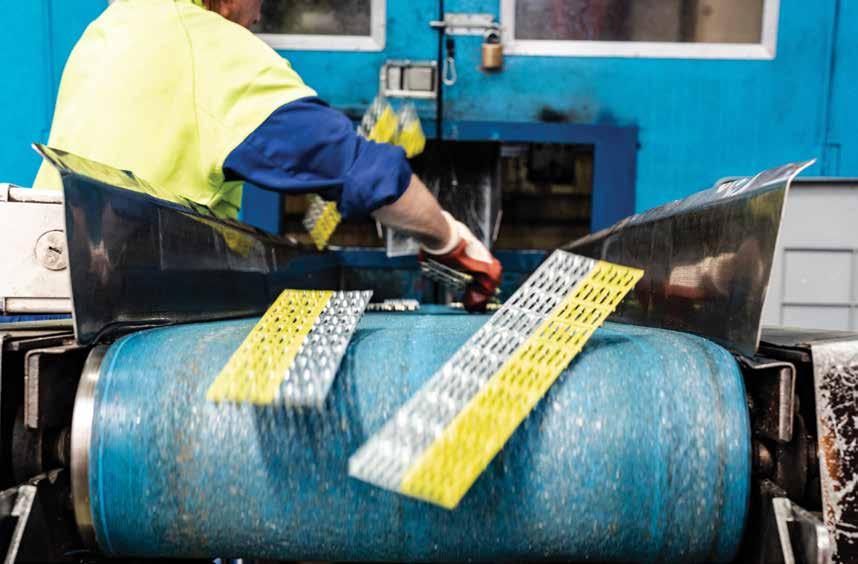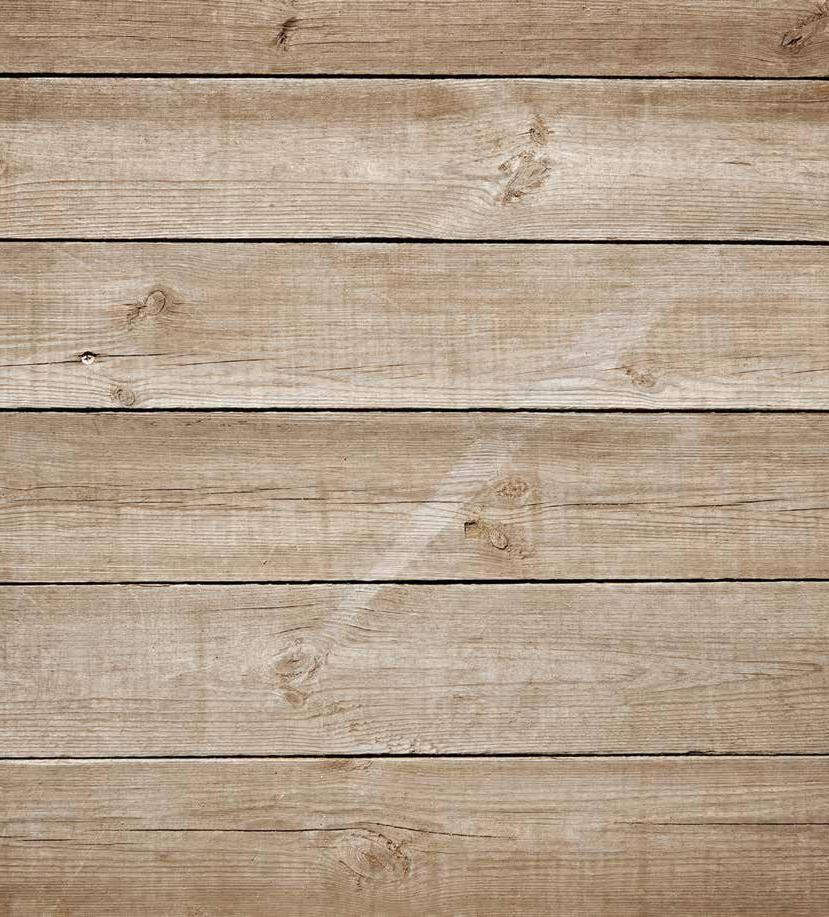IN THE KNOW —
New Perspectives on Waste in the Construction Sector Construction and demolition waste is growing our landfills, increasing our emissions, and spoiling Aotearoa’s clean, green ambitions. Sort and recycle on site
Contributing half of our country’s waste, we know we can do better, and what’s even more alarming – the solutions already exist.
Separating waste and recyclable material onsite helps reduce the amount that goes to landfill, and helps embed sustainable practices among the team.
Infrastructure to recycle is growing. Fortunately, efforts by the likes of Green Gorilla and Waste Management Limited continue to expand. Waste Management Ltd are looking to open a new facility in Waikato which will help fill the void for the region’s construction sector.
Work with your suppliers
Policy is also adapting, with local authorities like Hamilton City Council looking to embed better waste management practices into their consenting process. Central Government is making key changes to strengthen the landfill levy to disincentivise taking construction waste to landfill. But while policy and infrastructure will help facilitate and mandate good practice, there ultimately needs to be a shift in how we see material use. We need to move to a more circular economy, and consider what materials are used, how we’re using them, and where they go once they’ve served their purpose. A key part of that is designing out waste at the start of the process. Here are a few steps you can take to ramp up your efforts, and crack down on construction waste.
Plan, plan, plan A well organised project cuts down on mistakes and can embed good waste minimisation practices from the get go. Start with a goal, identify what opportunities there are to recycle, and get all staff and subcontractors onboard. Create a waste-minimisation plan which takes stock of material use and how any waste can be reused or recycled (The REBRI Waste Management Plan template is a great free template to get you started).
Put the emphasis on your suppliers to ensure materials can be reused and recycled. Opt for suppliers who consider how their product is made and packaged. Some have waste minimisation plans or credentials like Declare. More are now offering to take back packaging and unused or old materials.
There is a huge opportunity to reduce our impact. We know it’s possible; through Green Star we’ve seen major projects divert an average of 89% of their construction waste from landfill. These are just some of the ways you can embed and promote better practices. There are a host of great resources out there from the likes of BRANZ. Waste reduction is a core credit across our Homestar and Green Star tools and our team are happy to help you workout what’s best for your project. There is a huge opportunity to reduce our impact. We know it’s possible; through Green Star we’ve seen major projects divert an average of 89% of their construction waste from landfill. The significant work we are doing with Kāinga Ora in Homestar has shown that with a bit of assistance builders are willing and able to put in good waste management practices. Together we can be kind to our environment, reduce material and waste disposal costs, and create a better future.
Deconstruct rather than demolish Deconstructing allows you to salvage materials that can be reused like windows, large pieces of lumber and fixtures. This can help save money, and materials can be sold or donated for reuse. Andrew Eagles, CEO New Zealand Green Building Council. The New Zealand Green Building Council (NZGBC) is a not-for-profit industry organisation that promotes better buildings, because better buildings mean healthier, happier people. It has the backing of approximately 500 members across the construction and property sectors. For more info visit nzgbc.org.nz
27























